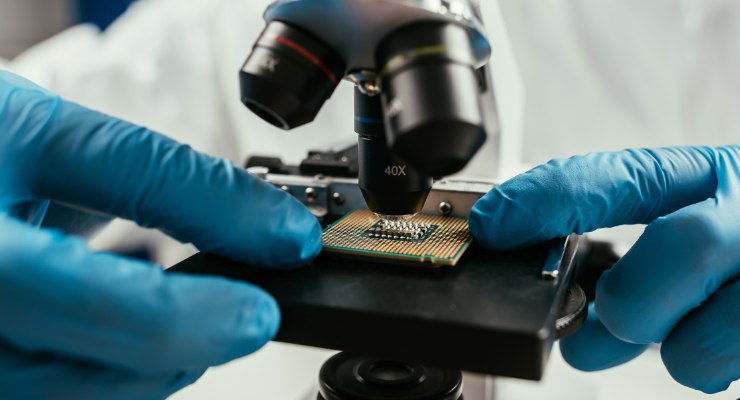Hybrid Bonding Increase Complexity and Carbon Intensity

Hybrid bonding drives memory density and HBM growth, but rising silicon use per stack will significantly increase semiconductor emissions.
The unrelenting demand for increased compute power and storage capacity, will drive up emissions at pace due to significantly increase silicon per unit volume. It is important not to blame the method of implementation, much like EUV is necessary to continue transistor scaling, so is hybrid bonding to increase storage per footprint area and reduced interconnection distance for high bandwidth. The hybrid bonding process does not add significant emissions compared to the overall semiconductor product, but the additional silicon it enables does. The transition of advanced memory to using hybrid bonding will be the largest market driver through the end of this decade with high bandwidth memory (HBM) being one example. While emissions can be mitigated on a per GB basis by advances such as the use of 3 GB die, the overall emissions for a single stack will more than treble by the time 24Hi stacks are achieved.








